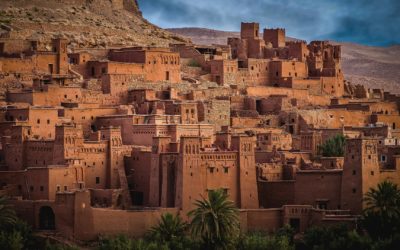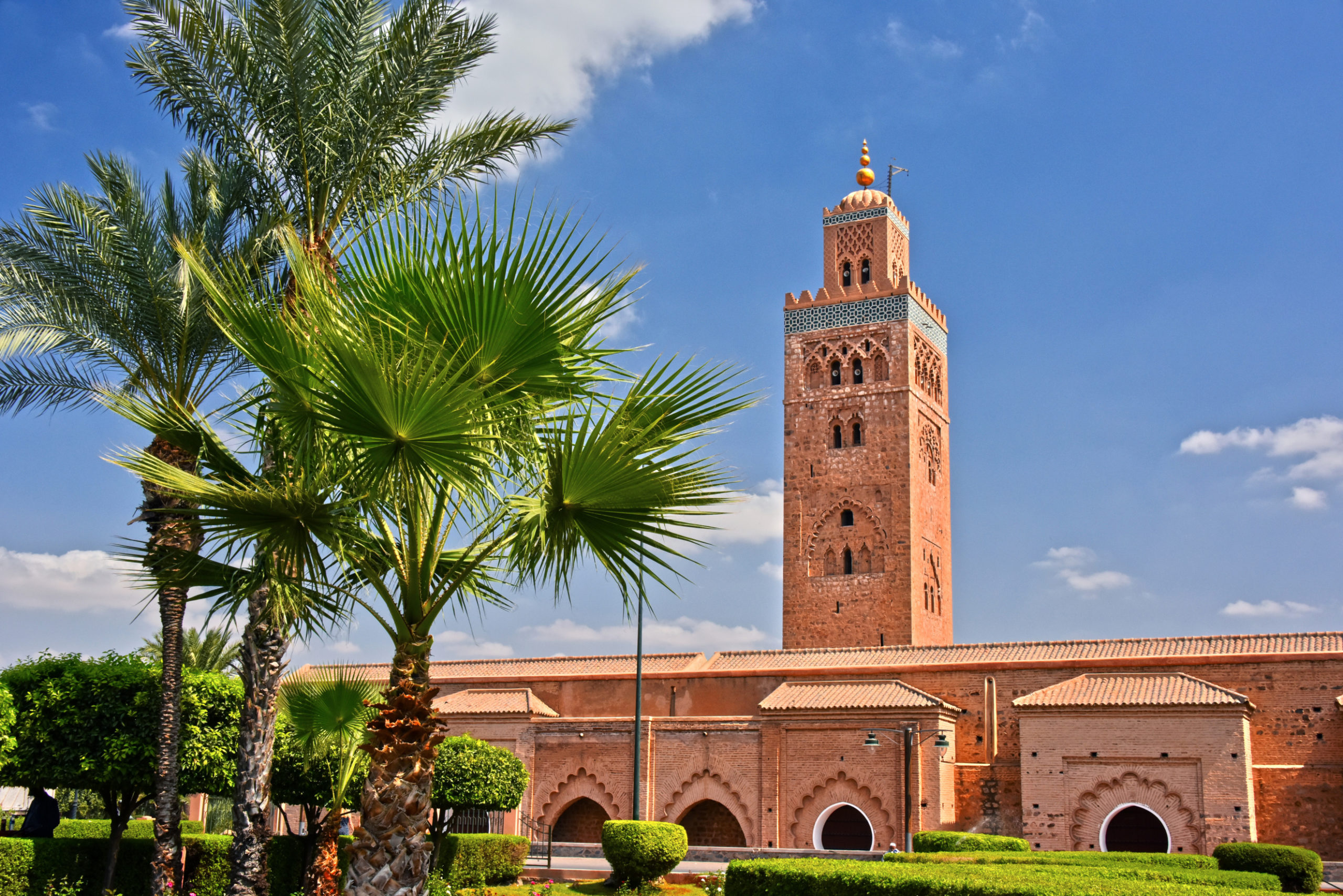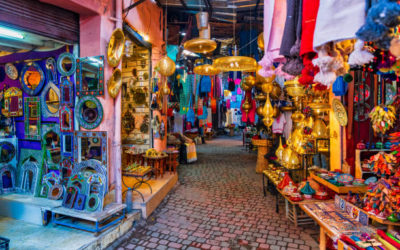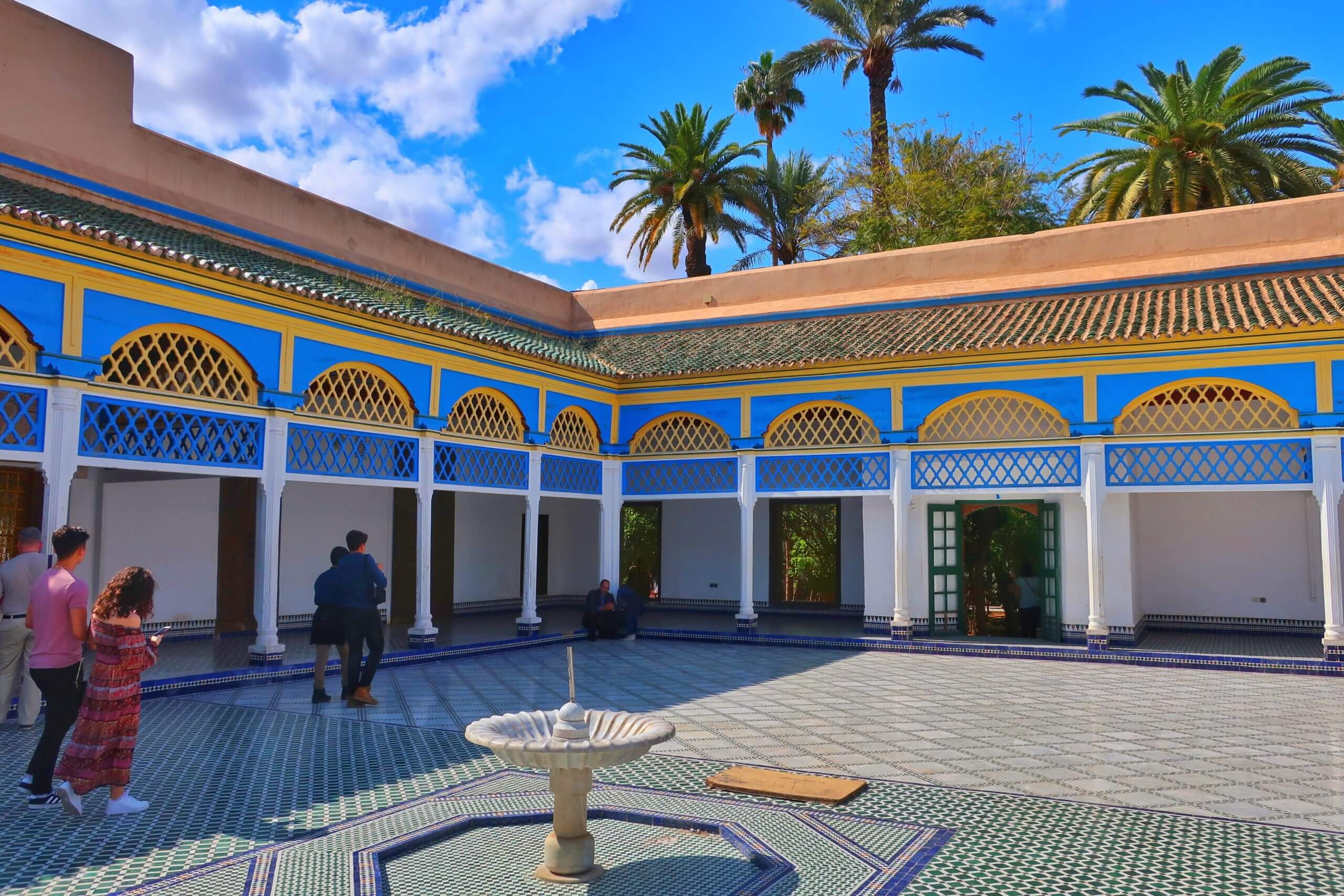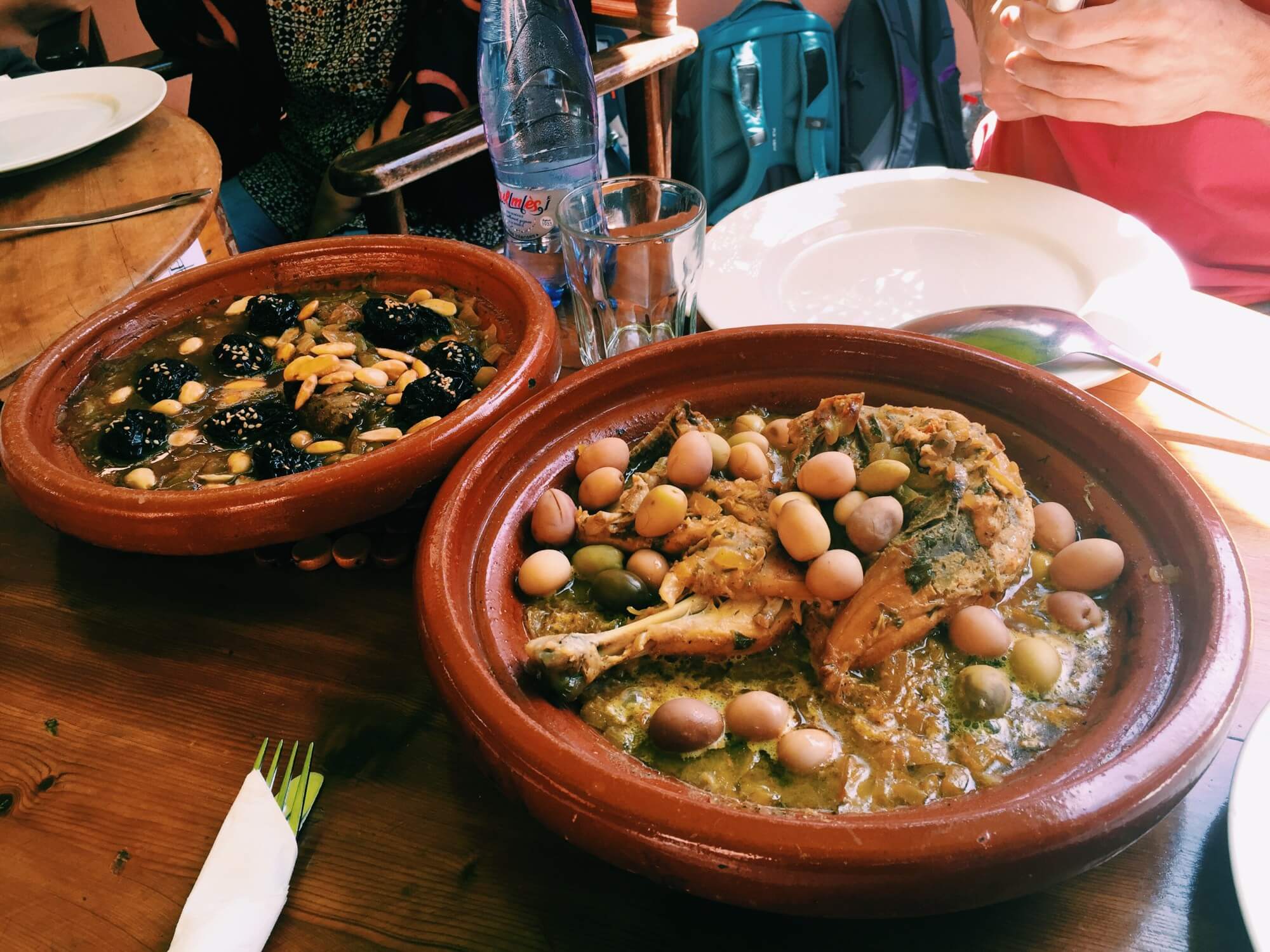Marrakech, with its rich cultural heritage and vibrant history, is a city that beckons travelers from all corners of the world. From centuries-old palaces to majestic religious landmarks, this Moroccan gem is a treasure trove of historical sites that provide a glimpse into its glorious past. In this article, we will take you on a journey through the top five must-visit historical sites in Marrakech.
1. Bahia Palace
The Bahia Palace, an architectural masterpiece, stands as a testament to the city’s grandeur and architectural brilliance. Constructed in the 19th century, the palace’s intricate design and sprawling gardens reflect the artistic and cultural influences of the era. Serving as a residence for royal families, Bahia Palace’s ornate courtyards, sprawling gardens, and elaborately carved ceilings make it a captivating embodiment of the city’s historical opulence.
Moorish architecture and decoration at its best
“This is a massive palace with spectacular decoration, especially the zellig tiles; it is well worth the admission fee. The palace is largely unfurnished, but the decor of the walls and ceilings is the big attraction. Don’t forget your camera! If you’ve enjoyed Moorish decor in Seville, Cordoba or Granada, you’ll love this place.”
— Karen P.
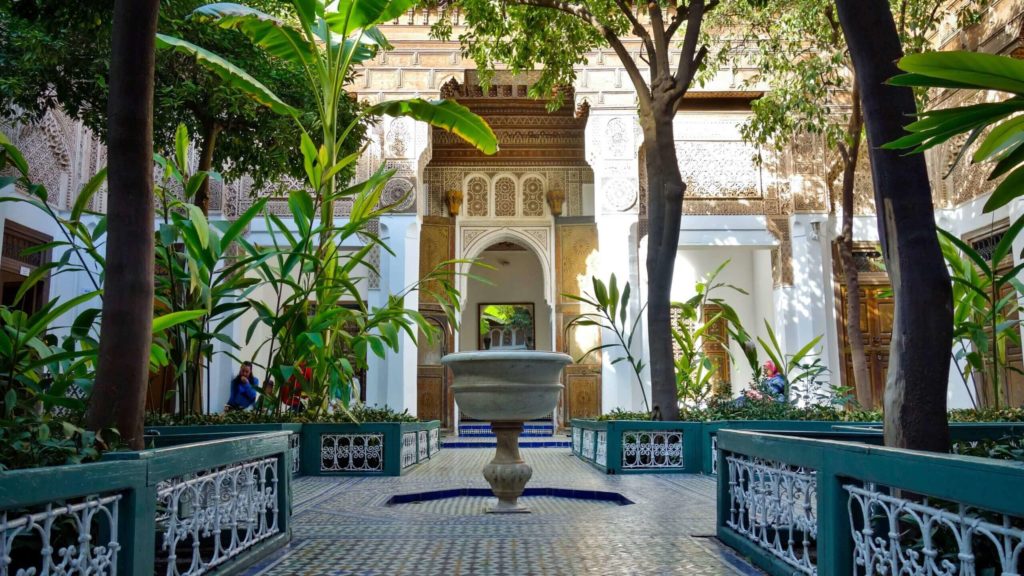
2. Koutoubia Mosque
The Koutoubia Mosque, an iconic symbol of faith, dominates the city’s skyline. Its towering minaret, – which is visible from various corners of the city -, its intricate architectural detailing and its historical significance make Koutoubia Mosque a must-see attraction. Constructed in the 12th century, it’s currently the largest mosque in Marrakech. Its call to prayer echoes through all the Medina streets.
“Although we could not see this mosque from the inside but still the outside and architecture and history of that place are just unbelievable”
— Christine A.
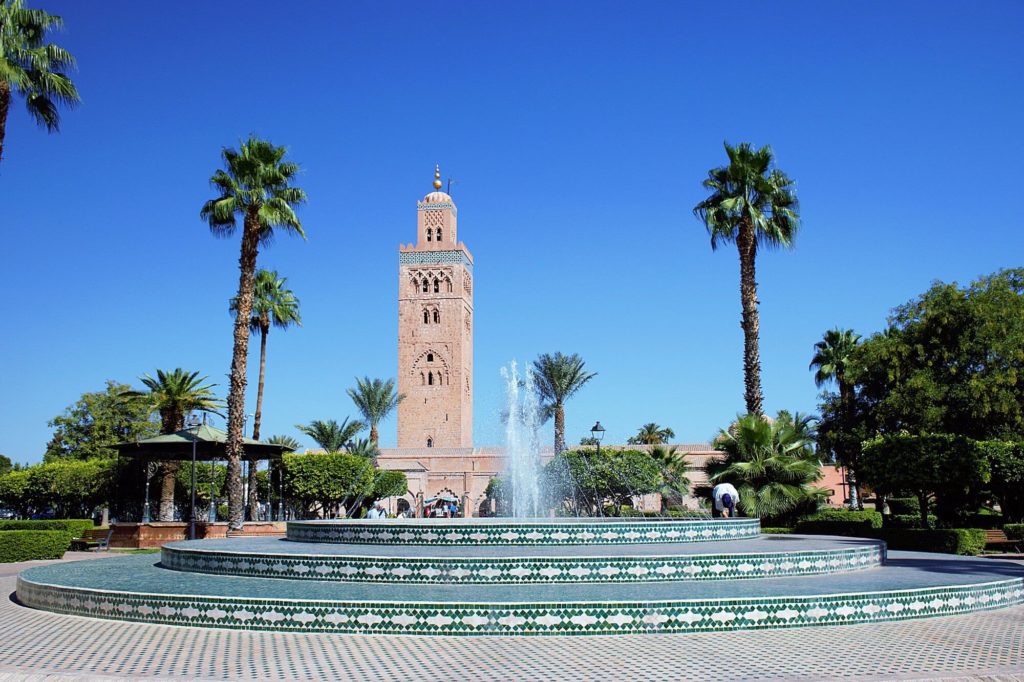
3. Medersa Ben Yousef
Medersa Ben Yousef, a historic Islamic school, is a hidden gem within the Medina. Dating back to the 14th century, the medersa’s intricate courtyard and stunning architecture provide insights into the scholarly pursuits of Marrakech’s past. The tranquil atmosphere and intricate details of Medersa Ben Yousef transport visitors to a bygone era of learning and spirituality.
“Beautiful Islamic architecture — cool to peek into the historic bathrooms and dormitories. We went early at opening at 9 am so it was not crowded at all. My main regret is not getting a tour guide to teach us more about the history of the madrasa and all the rooms we were walking through (embarrassingly, it took us a minute to figure out it was all dorm rooms!)”
— Julie W., USA
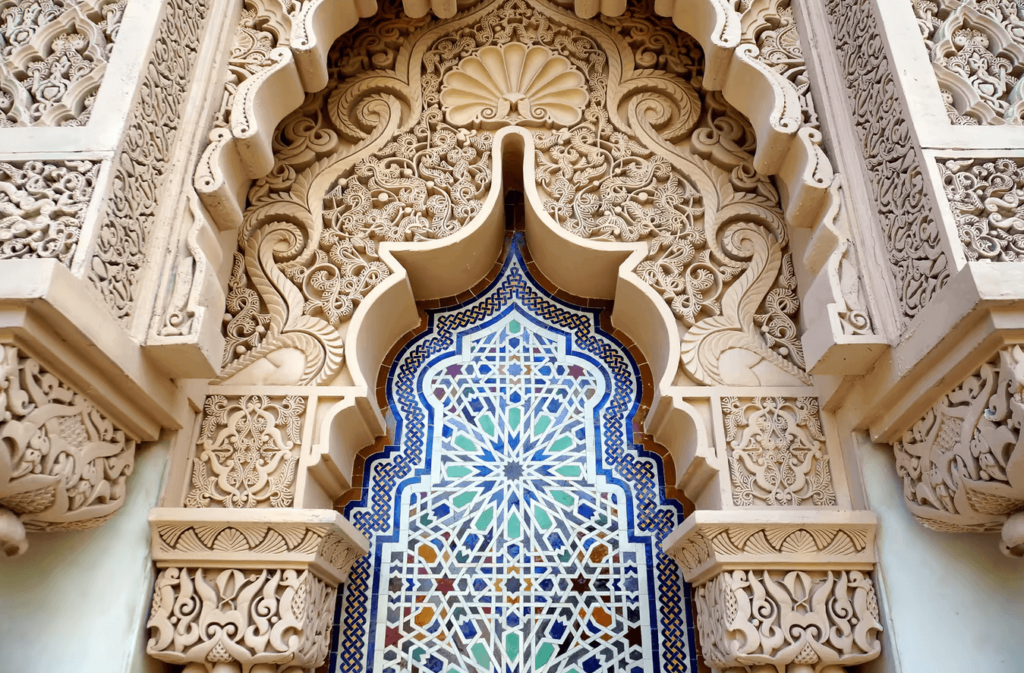
4. El Badi Palace
El Badi Palace, though now in ruins, offers a glimpse into Marrakech’s royal history. Built in the 16th century, the palace once stood as a testament to power and luxury. Its sunken gardens and towering walls evoke a sense of the opulence that once graced its halls. The remnants of El Badi Palace narrate stories of an ancient era of affluence and influence.
“This palace is huge! There are several rooms to visit with artefacts (including a very old minbar!). I thought the museum was very informative and had English translations. A must visit to get a glimpse into the Saadian period.”
— Jasmine H., United Kingdom
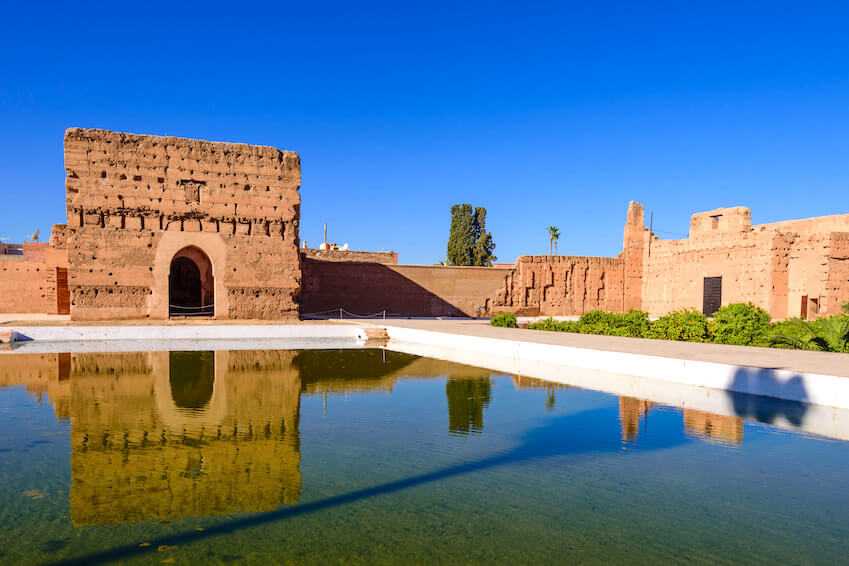
5. Mellah
The Mellah, Marrakech’s historic Jewish quarter, is a living testament to the city’s cultural diversity. Its narrow streets, ancient synagogues, and bustling markets bear witness to centuries of coexistence. Originally established in the 16th century, the Mellah offers insights into the lives of the Jewish community and their role in shaping Marrakech’s social fabric.
“We had a tour with a guide walking through this area and it has interesting history. It was built in 1558. Its inhabitants were business people trading sugar, banking, metal, clothing and jewellery. This district has a distinct architecture like tall outward looking houses with balconies, enclosed alleys and tiny shops. You can still see synagogues too.”
— Natalie R., Germany
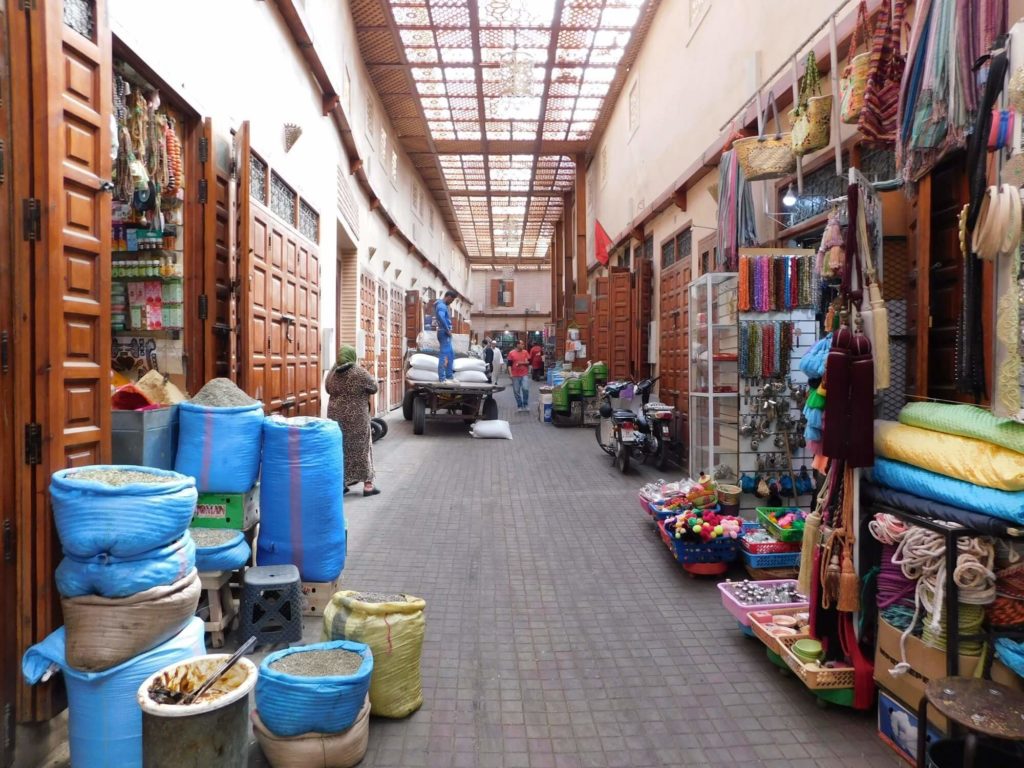
Exploring these historical sites in Marrakech is akin to embarking on a journey through time. Each site narrates a different chapter of the city’s history, spanning centuries of cultural, architectural, and religious evolution. From the regal ambiance of Bahia Palace to the spiritual aura of Koutoubia Mosque, Marrakech’s historical sites offer a multi-faceted experience that resonates with visitors.
As you traverse the ancient streets, you’ll discover the stories etched into the walls of Medersa Ben Yousef and experience the faded grandeur of El Badi Palace. The Mellah, with its mix of cultures, stands as a testament to the harmonious coexistence that has defined Marrakech for generations.
These historical sites are not mere landmarks; they are windows into Marrakech’s soul. They offer a chance to connect with the past, to appreciate the city’s cultural legacy, and to understand the intricate threads that have woven its unique identity. Whether you’re a history enthusiast or a curious traveler, exploring these must-visit sites in Marrakech will undoubtedly leave you enriched and inspired.
FAQs
Q1: How do I get to Marrakech’s historical sites?
A1: Most historical sites are centrally located and can be reached by walking or taking a short taxi ride.
Q2: Are these sites family-friendly?
A2: Yes, these sites are suitable for visitors of all ages.
Q3: Are guided tours available?
A3: Absolutely! Guided tours are a great way to delve deeper into the history and significance of these sites. Learn more about our guided tours & experiences.
Q4: Is there an entrance fee for these historical sites?
A5: Yes, there is usually an entrance fee for most of the historical sites in Marrakech. Prices can vary, so it’s a good idea to check in advance.

